Mr11
gamer level 4
2235 xp
2235 xp
followers
9
9
Use my invite URL to register (this will give me kudos)
https://boardgaming.com/register/?invited_by=mr11
profile badges




recent achievements

I'm a Real Player!
Claim that you have played a game today by clicking the "Played Today!" button on a game page 25 times.
Claim that you have played a game today by clicking the "Played Today!" button on a game page 25 times.

I Got What I Wanted
Add a game to your Owned list that was previously in your Wish list.
Add a game to your Owned list that was previously in your Wish list.

Petroglyph
Explore select games by completing a series of exploration actions. learn more »
Explore select games by completing a series of exploration actions. learn more »

Rated 25 Games
Rate 25 games you have played.
Rate 25 games you have played.




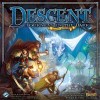


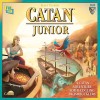


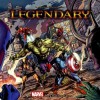









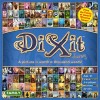




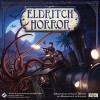

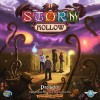

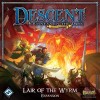
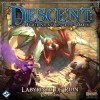
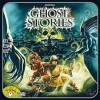

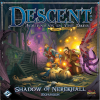


7 Wonders
Introduction
Things I like
Things I don’t like
Basic Rules
Player Interaction
Luck
Skill
Aesthetics
Verdict (or “Should you spend your money on this game”)